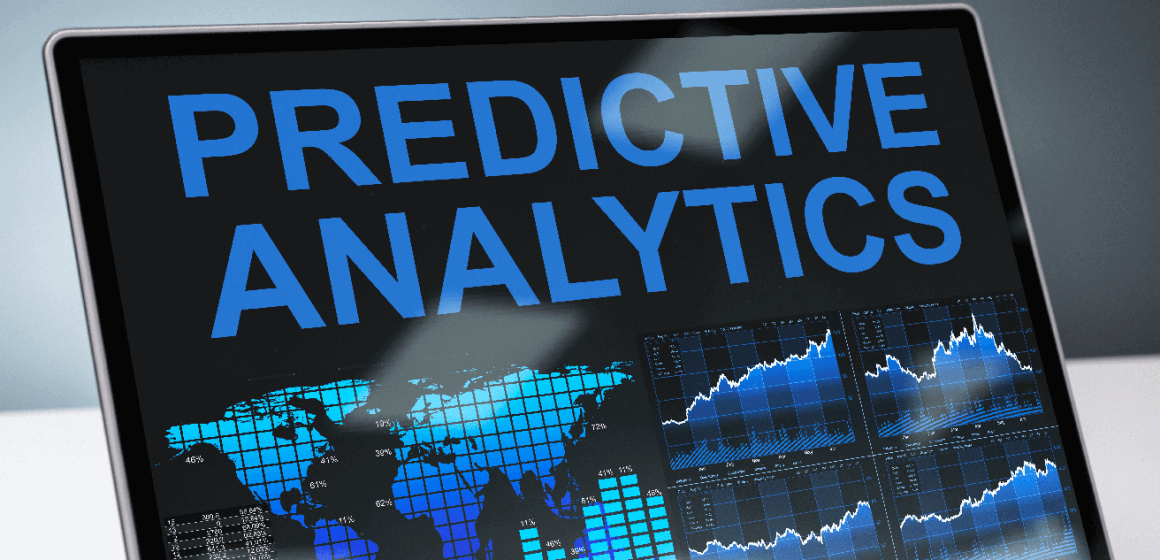Predictive analytics (PA) is a branch of data that deals with the use of statistical algorithms and machine learning techniques to identify the likelihood of future outcomes based on historical data. The goal of pa is to make predictions about future events or outcomes, such as customer behavior, equipment failure, or financial performance.
It involves the use of data mining, machine learning, and statistical analysis techniques to analyze current and historical data in order to make predictions about future events or outcomes. This can be used for a wide range of applications, such as identifying potential customers for a marketing campaign, predicting equipment failures, or forecasting financial performance.
PA is often used in business and finance to make informed decisions about investments, marketing strategies, and resource allocation. In healthcare, it can be used to predict patient outcomes and identify potential health risks. In the criminal justice system, it can be used to predict and prevent crime.
Overall, It helps organizations make data-driven decisions by using statistical models and machine learning algorithms to analyze historical data and make predictions about future outcomes.
5 Examples Of Predictive Analytics
Here are five examples of how predictive analytics can be used:
Marketing: It can be used to identify potential customers for a marketing campaign by analyzing data on past customer behavior and identifying patterns and trends that can be used to predict future behavior.
Finance: It can be used to forecast financial performance and identify potential risks and opportunities. For example, a bank might use predictive analytics to identify potential fraudulent activity or to predict credit risk for loan applicants.
Healthcare: Predictive analytics can be used in healthcare to identify potential health risks and predict patient outcomes. For example, a healthcare organization might use predictive analytics to identify patients at risk of developing a particular disease and intervene before the disease develops.
Retail: PA can be used in retail to forecast demand for products and optimize inventory management. For example, a retailer might use predictive analytics to predict how much of a particular product will be sold in a given month and adjust its inventory accordingly.
Supply chain management: PA can be used in supply chain management to optimize the flow of goods and services through an organization. For example, a company might use predictive analytics to forecast demand for a particular product and adjust its production and distribution schedules accordingly.
What Are PA in Healthcare
PA in healthcare involves the use of statistical algorithms and machine learning techniques to analyze patient data and make predictions about future health outcomes. It can be used to identify potential health risks, predict patient outcomes, and optimize the delivery of healthcare services.
One way that is used in healthcare is to identify patients at risk of developing certain diseases or conditions. By analyzing data on patient demographics, medical history, and other factors, healthcare organizations can identify patterns and trends that may indicate an increased risk of a particular disease or condition. This information can be used to intervene before the disease or condition develops, potentially improving patient outcomes and reducing healthcare costs.
Overall, predictive analytics in healthcare can help healthcare organizations to identify potential health risks, optimize the delivery of healthcare services, and improve patient outcomes.
What Is a Form of PA for Marketing Campaigns
One form of predictive analytics that can be used for marketing campaigns is customer segmentation. Customer segmentation involves dividing a customer base into smaller groups based on shared characteristics, such as demographics, behavior, and interests. This information can be used to target marketing campaigns more effectively by tailoring messaging and offers to specific segments of the customer base.
Another form of predictive analytics for marketing campaigns is predictive modeling, which involves using statistical algorithms and machine learning techniques to analyze data on past customer behavior and predict future behavior. This can be used to identify potential customers for a marketing campaign, predict how likely a customer is to respond to a particular offer, or forecast the effectiveness of a marketing campaign.
Other forms of predictive analytics that can be used for marketing campaigns include customer lifetime value prediction, which involves forecasting the value of a customer over their lifetime, and churn prediction, which involves predicting the likelihood of a customer canceling their subscription or abandoning a product or service.
Overall, predictive analytics can be a powerful tool for marketing campaigns, helping organizations to identify potential customers, optimize targeting, and forecast the effectiveness of their campaigns.
What Is the Difference Between Predictive and Prescriptive Analytics
Predictive analytics and prescriptive analytics are both branches of data analytics that involve using statistical algorithms and machine learning techniques to analyze data and make predictions or recommendations. However, there are some key differences between the two:
Goals: The primary goal is to make predictions about future events or outcomes based on historical data. The goal of prescriptive analytics, on the other hand, is to not only make predictions, but also to provide recommendations or actions that can be taken based on those predictions.
Output: PA typically produces a forecast or prediction about a future event or outcome. Prescriptive analytics, on the other hand, produces a recommendation or action that can be taken based on that prediction.
Applications: PA is often used in a wide range of applications, including marketing, finance, healthcare, and supply chain management. Prescriptive analytics is typically used in applications where the goal is to optimize decision-making, such as resource allocation, supply chain management, and logistics.
Overall, the main difference between predictive and prescriptive analytics is that predictive analytics focuses on making predictions about the future, while prescriptive analytics provides recommendations or actions that can be taken based on those predictions.
Conclusion
In conclusion, predictive analytics is a branch of data analytics that involves using statistical algorithms and machine learning techniques to analyze historical data and make predictions about future events or outcomes. It is used in a wide range of applications, including marketing, finance, healthcare, and supply chain management. Predictive analytics helps organizations to make informed, data-driven decisions by identifying patterns and trends in data that can be used to forecast future outcomes.
Predictive analytics has the potential to improve decision-making and optimize the performance of organizations by providing insights into potential risks and opportunities. However, it is important to note that predictive analytics is only as accurate as the data it is based on, and the quality and quantity of data available can impact the accuracy of predictions. As such, it is important to carefully consider the data sources and algorithms used in predictive analytics to ensure the reliability of the results.





























